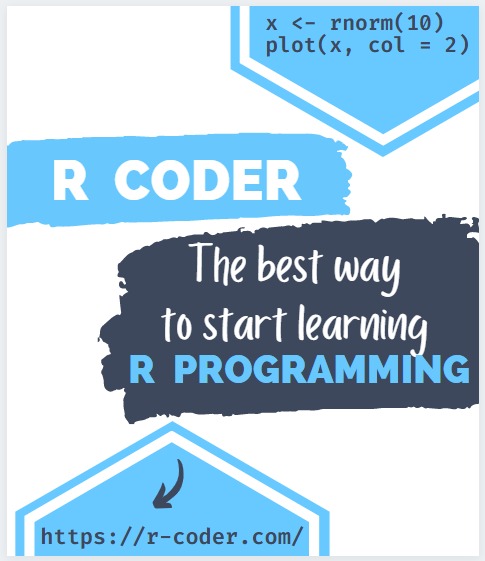WHILE statement in Transact SQL
WHILE is a flow control structure that allows statements to be executed in a loop as long as the condition it validates is TRUE.
Let’s see how it works in the following examples:
WHILE:
DECLARE @i INT = 1
DECLARE @max INT = 10
WHILE(@i <= @max)
BEGIN
SELECT @i
SET @i = @i +1
END
The following example shows a WHILE loop that validates that as long as @i is less than or equal to @max, the value of @i is queried and its value is incremented by 1 and so on ,until @i gets the value 11 and the WHILE condition is FALSE.
To carry out the next example, first we are going to perform several INSERT INTO on the Orders table, whose scripts we leave below:
INSERT INTO Orders (orderId, product, productDescription, price, orderDate, productQuantity, customerId)
VALUES (9, 'Balay Fridge', 'Appliance', '1099.95', '2022-09-15', 1, NULL)
INSERT INTO Orders (orderId, product, productDescription, price, orderDate, productQuantity, customerId)
VALUES (10, 'Smart TV Samsung', 'TV', '799', '2022-09-15', 1, NULL)
INSERT INTO Orders (orderId, product, productDescription, price, orderDate, productQuantity, customerId)
VALUES (11, 'TEKA Microwave', 'Appliance', '199.95', '2022-09-15', 1, NULL)
Currently our Orders table has the following records:
| orderId | product | productDescription | price | ordersDate | productQuantity | totalPrice | customerId |
|---|---|---|---|---|---|---|---|
| 1 | Xiaomi Mi 11 | Smartphone | 286,95 | 2022-07-09 | 15 | 4304,25 | 3 |
| 2 | Play Station 5 | Sony Game Console | 549,95 | 2022-07-18 | 4 | 2199,8 | 2 |
| 3 | Xbox series X | Xbox Game Console | 499,99 | 2022-01-21 | 2 | 999,98 | 2 |
| 4 | MacBook Pro M1 | Apple Notebook | 2449,5 | 2022-06-20 | 1 | 2449,5 | 1 |
| 5 | Echo DOT 3 | Alexa Speaker | 39,99 | 2022-09-01 | 50 | 1999,5 | 4 |
| 6 | Echo DOT 4 | Alexa Speaker | 59,99 | 2022-09-01 | 50 | 2999,5 | 4 |
| 7 | Nintendo Switch | Nintendo Game Console | 299,99 | 2022-09-05 | 3 | 899,97 | 5 |
| 8 | Balay Oven | Appliance | 699,55 | 2022-09-10 | 2 | 1399,1 | NULL |
| 9 | Balay Fridge | Appliance | 1099,95 | 2022-09-15 | 1 | 1099,95 | NULL |
| 10 | Smart TV Samsung | TV | 799 | 2022-09-15 | 1 | 799 | NULL |
| 11 | Teka Microwave | Appliance | 199,95 | 2022-09-15 | 1 | 199,95 | NULL |
Now let’s move on to showing the example code:
BEGIN
DECLARE @ordersQuantity INT;
SET @ordersQuantity = (SELECT COUNT (1)
FROM Orders);
PRINT 'There are ' +
CAST (@ordersQuantity AS NVARCHAR (10)) +
' records in the orders table';
DECLARE @iterator INT = 1;
DECLARE @discount INT = 100;
DECLARE @minPriceDiscount INT = 500;
WHILE @iterator <= @ordersQuantity
BEGIN
BEGIN TRAN;
PRINT 'We are in record number: '+
CAST (@iterator AS NVARCHAR (10))
DECLARE @validatePriceRecord FLOAT;
SET @validatePriceRecord = (SELECT price
FROM Orders
WHERE orderId = @iterator
AND customerId IS NULL);
IF @validatePriceRecord >= @minPriceDiscount
BEGIN
UPDATE Orders
SET price = price - @discount
WHERE orderId = @iterator;
PRINT 'The discount has been applied to the'+
CAST (@iterator AS NVARCHAR (10)) + ' record'
END
SET @iterator = @iterator + 1
COMMIT TRAN;
END
END
The following example basically applies a discount of 100 euros to those products in the Orders table with a price greater than or equal to 500 euros that do not yet have an customerId linked. The steps are as follows:
-
We save in a
@ordersQuantityvariable, the total number of records of theOrderstable. -
We go through all the registers in the
WHILEthanks to the value of@iteratorthat will be increased in each round of the loop. -
We save in a variable:
@priceRecordValidatethe price of those products that do not yet have ancustomerIdassociated. -
We check in the IF, if the price of
@priceRecordValidateis equal to or greater than 500. If it isTRUE, we do anUPDATEof the price of the record by subtracting the 100 discount.
Once the code has been executed, we can check the price of the following affected records:
| orderId | product | productDescription | price | orderDate | productQuantity | totalPrice | customerId |
|---|---|---|---|---|---|---|---|
| 8 | Balay Oven | Appliance | 599,55 | 2022-09-10 | 2 | 1199,1 | NULL |
| 9 | Balay Fridge | Appliance | 999,95 | 2022-09-15 | 1 | 999,95 | NULL |
| 10 | Smart TV Samsung | TV | 699 | 2022-09-15 | 1 | 699 | NULL |
CONTINUE and BREAK
The CONTINUE and BREAK instructions allow us to continue and stop executions, respectively, and are often used as a control method for the loop executions of WHILE instructions:
DECLARE @i INT = 1
DECLARE @max INT = 10
WHILE(@i <= @max)
BEGIN
SELECT @i
SET @i = @i +1
IF @i = 7
BREAK
ELSE
CONTINUE
END
In this example we have updated the code from example 1, adding the CONTINUE and BREAK statements. The loop will continue to execute normally until @i equals 7, where we will BREAK and terminate the execution.
This means that the SELECT will only show up to 6 on the console.

